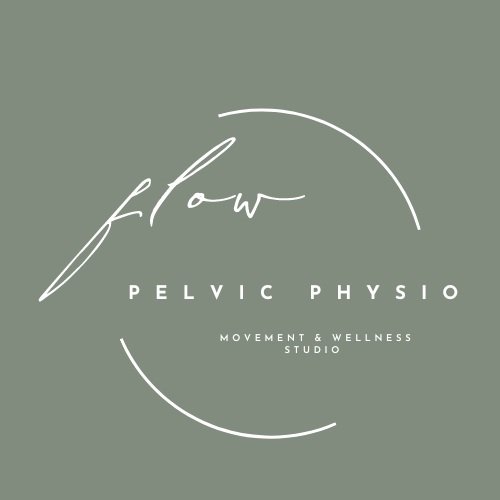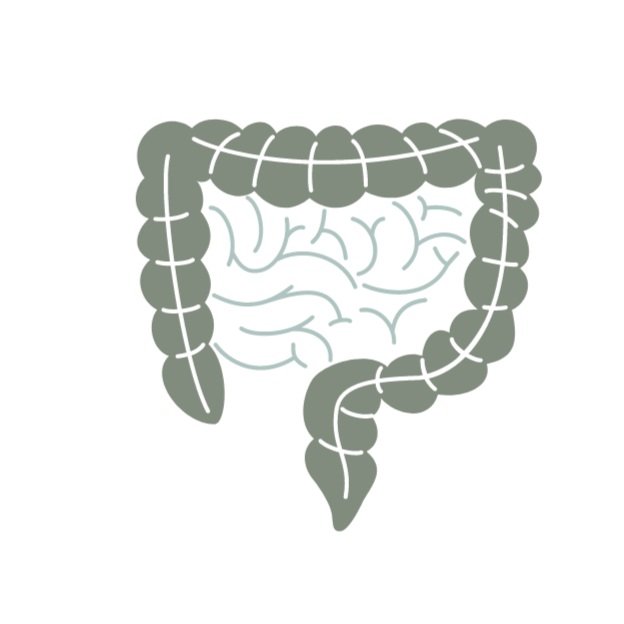Happy bowel habits - let's talk about poo, baby!
Let’s get one thing straight, all pelvic floor physios love talking about poo and bowel motions. It is something we do with our patients every single day therefore no symptom is taboo, chances are we have heard it a million times before.
Having regular bowels is a key part of maintaining your pelvic health, this is important for everybody -children included. Healthy or 'normal' bowel habits look like:
Regular bowel motions which can vary from 1-3 times per to x3 per week
Soft and easy to pass stool type, it should look like a sausage and be the consistency of a ripe banana
Feel like you have emptied completed, a good bowel motion should be really satisfying
Pain free, minimal straining and no blood on the paper or in the stool
Able to hold for a short time after getting first urge
The pelvic floor muscles play a big role in bowel function as they wrap around the anus to provide the continence mechanism. During bowel opening, the pelvic floor muscle and anal sphincter muscles relax to allow stool to pass. This should happen easily and efficiently. Once empty, these muscles contract again to continue to maintain continence while you’re going about your day. If things aren’t working well along the gastrointestinal tract, or if the pelvic floor muscles aren’t coordinating well, you may experience symptoms of bowel dysfunction.
Symptoms of bowel dysfunction include
Faecal incontinence: loss of control of stool
Faecal urgency: unable to defer first urge for a short time before emptying
Smearing: wiping multiple times before feeling clean
Flatus: loss of control of passing wind
Constipation and straining to empty
Painful emptying
Incomplete emptying
At Flow Pelvic Physio, our team can help manage symptoms of pelvic floor dysfunction which may be contributing to bowel symptoms. Treatment options can include;
Bowel diary to identify issues
Bowel routine training
Defecation dynamics (i.e position when sitting on the toilet, how to relax and effectively push)
Pelvic floor muscle and anal sphincter strengthening and coordination
Pelvic floor relaxation techniques and release work to reduce tension and manage symptoms of pain, heaviness or pelvic organ prolapse
Advice about achieving the perfect poo consistency! I.e the ripe banana
***Disclaimer: Blog is for general education only, please seek an individualised assessment and treatment plan with a pelvic health physio
Reference: https://www.continence.org.au/about-continence/continence-health/bowel


